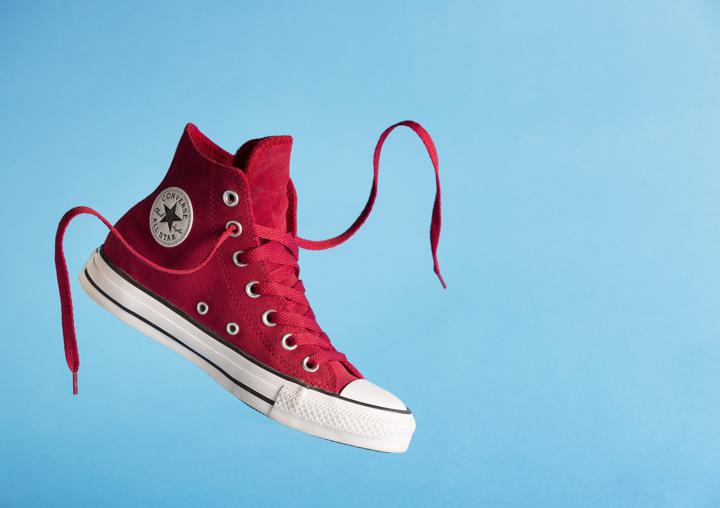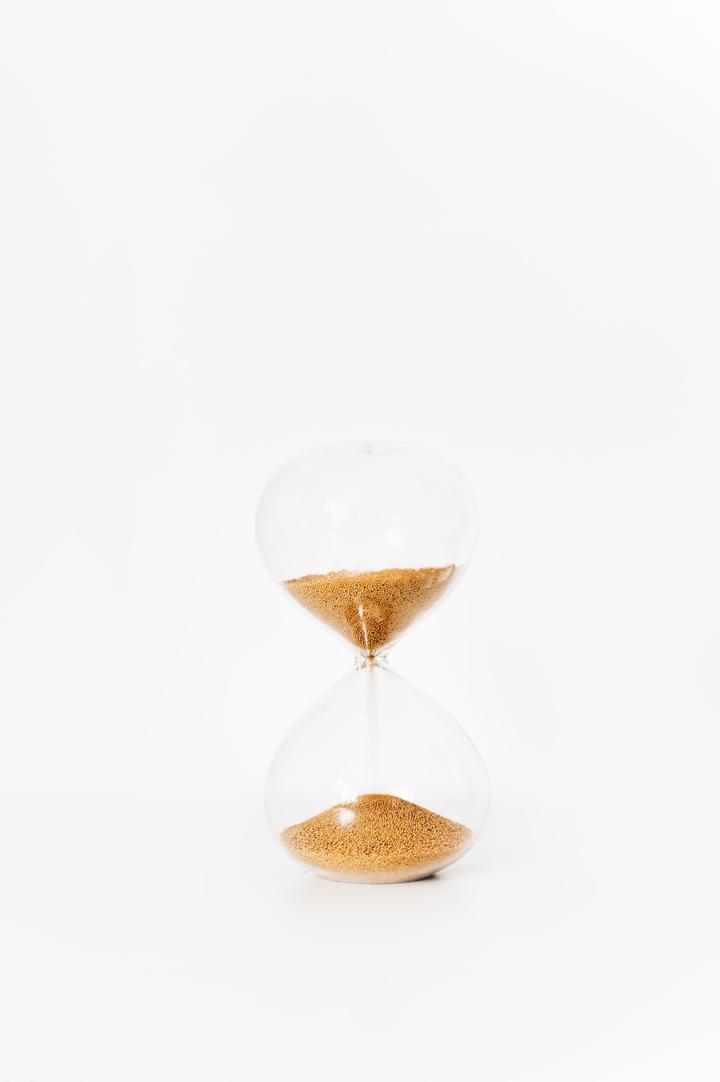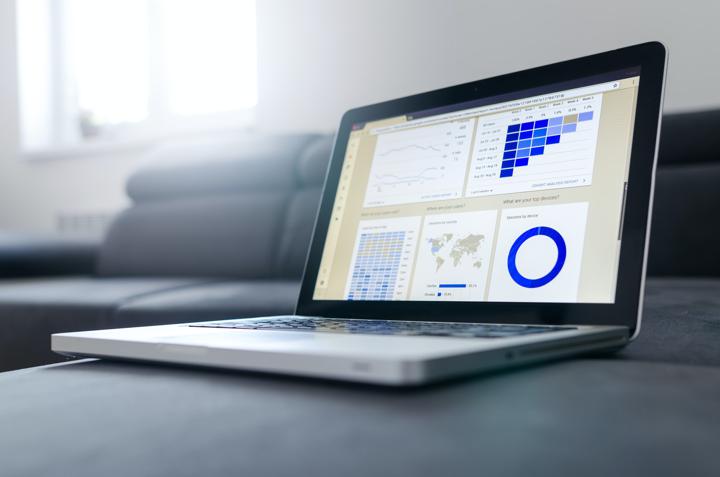If every element on your landing page isn’t there to drive conversions, this is the post for you. Landing page optimization is the process of enhancing every element on your landing page to boost conversions.
We aren’t talking about redesigning your landing page based on assumptions-- the elemental changes made through landing page optimization are purposeful and data-driven.
In this post, you’ll learn how to transform your landing page into a conversion-driving machine using optimization techniques. Let’s get started.
What are some best practices for optimizing eCommerce landing pages more effectively?
First, make sure you’re not blurring the line between your landing page and your product pages. Product pages are designed to inform the customer about your products in detail. Landing pages, on the other hand, are designed and optimized to convert shoppers.
If your eCommerce landing page isn’t hitting your conversion goals, here are some optimization methods that might help:
State your offer
First, you need to be clear about what you’re offering. Make sure your website visitors know what they can get from you the second they click onto your landing page. A great method for this is to consider what your potential customers need, then use this need for a headline.
Keep it simple
Landing pages aren’t rocket science, and they definitely shouldn’t seem that way to the average visitor. The fewer distractions on your landing page, the easier it will be for your customers to figure out (and decide to buy) what you're offering.
Remember: if it’s not adding to your landing page and value proposition, it’s taking away from it. Every element on the page needs a clear purpose.
Be smart with your design
Design decisions aren’t just about what’s pleasing to your eye. When you’re designing your website, you need to choose elements that will please your customers’ eyes on every device, while influencing them to make a purchase.

Consider using contrasting colors to emphasize important elements (like your call to action). Keep all the most important elements above the fold. Above the fold is the space website visitors see before they scroll. It will be different for mobile device, tablet, and desktop users, so take that into consideration when creating your responsive design.
Lastly, consider injecting social proof into your landing page design. When your customers see how highly others view your brand, they’ll subconsciously inch toward thinking the same.
Create urgency
Create your landing page copy with a sense of urgency in mind. Make sure your customers know that your products won’t always be available. They need to get it while they can. You can even use scarcity to your advantage by telling potential buyers exactly how many units are left.

A/B testing
If you want to properly optimize your landing page, you’ve got to know your audience like the back of your hand. The best way to do this is through A/B testing. A/B testing lets you put two versions of your landing page against each other, showing you which version your audience prefers. You can do this with any of your landing page elements. Test different headline copy design elements, lengths, CTAs, and even the contact information you include to see what resonates best with your audience.
Remarketing From Thank You Page
Thank you pages aren’t just for order confirmation messages. Remarketing from the thank you page is another way to optimize your landing page. After your clear confirmation message, include a call to action (CTA) along with specific instructions outlining the action you’d like your customers to take next.
You can also add a Facebook Pixel to your thank you page. The Facebook Pixel is basically a snippet of code added to the back end of your website. It helps businesses with a Facebook page improve ROI by building custom audiences. Instead of building your audience manually on Facebook, the pixel will create an audience made of the people who engaged with your Thank You page.
This ensures the audience you’re targeting on Facebook is extremely relevant (really, as relevant as you can get). When you use this remarketing method, you’re keeping your brand on the minds of your current customers.
Personalize Copy For Returning Customers
We know personalization boosts click-through rates by 14% in email marketing… So why not apply that logic to landing page optimization by creating dynamic landing page copy?
You can personalize copy for returning customers by creating a special pop-up for returning users.
Quality Product Image
You need quality product images on your landing page if you want to sell your product. While it’s easy to slap up one nice-ish product image and call it a day, optimizing your landing page means going a step further with your product images.
First of all, make sure you're showing your product from all angles. Yes, you’re selling your products online, but that doesn’t mean you can’t give your customers the IRL shopping experience (or as close as you can get, anyways).

If you’re selling multiple versions or colors, make sure you include a product image showing each variation. You want your customer to be able to see exactly what they’re buying. You’ll also want to include a zoom feature so your customers can get a look at all the fine details.
Finally, consider hiring a photographer for professional quality product images.
Product Sizing & Other Information On The Same Page
Don’t leave your customers guessing about the size and scale of your products. Your landing page needs to show your customers exactly what they’re getting into, and that means they should easily be able to tell the size and scale of your products after a quick scroll through your product photos.
List the dimensions of your products in the description and include at least one “to scale” product image that gives your customers realistic expectations about the size of your products.
Product Videos
Video marketing works. 30% of top landing pages use video content. Incorporating video into your landing page is a sure-fire way to increase conversions. Embedded video content can increase conversions by 86%. That’s a massive increase.
So, how do you incorporate product videos into your landing page? You can start with an explainer video. This kind of content gives your visitors all the information they need to know in bite sized chunks. Next, you can include testimonial videos. Social proof can be influential on landing pages. Video customer testimonials combine the power of social proof with the influence of video, creating the perfect recipe for landing page conversions. Lastly, you can incorporate a video background. Instead of a hero shot, you can catch your website visitors’ attention with a video that sets the mood.
Shipping Rates (& Other Adjustments)
Unexpected shipping costs are one of the main triggers of cart abandonment. You don’t want your customers to go through the entire conversion process just to see the shipping cost and click out. The wasted time and effort will leave them irritated (and less likely to revisit your store).
To avoid this, clearly state your shipping rates and any costs that could seem “hidden” as early as possible in the conversion process. Consider including both your shipping rate and the expected delivery date on all pages where customers can make a purchase. That way, you ensure they know what they’re getting themselves into from the get-go.
Make The Conversion Process Easy
Attention spans are short these days. The more roadblocks your customers face while buying your products, the more likely they are to bounce. We don’t want that.
You can use heat maps to see where users are clicking on your site and how they engage with certain layouts. Analyzing user behavior should reveal where the pain points are in your site navigation and conversion process.
Additionally, you can implement a user survey onto your site that asks users why they wouldn’t make a purchase. Survey customers who converted to get their insight on how the purchasing process could’ve gone easier.

Finally, try going through your site’s conversion process yourself. Sometimes stepping into the customer’s shoes is all it takes to identify pain points.
Make purchasing from your eCommerce store effortless and you’ll see improved conversion rates in no time.
Remarketing From Cart Abandonments
Cart abandons are going to happen. There’s really no getting around that. In fact, about 75% of carts are abandoned. After you’ve optimized all the elements on your product page, the last step for boosting conversions is to remarket your cart abandonments.
The key to successful cart abandonment retargeting is understanding why the customers abandoned their carts in the first place. Sending surveys via email is one way to discover the root of your cart abandonment rate.
If you think it was the shipping fees, you can offer a free shipping coupon in a social media ad or marketing email targeting your cart abandoners.
Conclusion
Once you understand the purpose of a landing page, you start to notice the role every element on the landing page plays. If they aren’t influencing customers to purchase your product in some way or another, they’re distracting from the page’s true purpose. Landing page optimization is the process of dissecting each of the elements and enhancing them so that they all work together to drive conversions. If you’re just getting started with landing page optimization, use this post as a starter guide.
